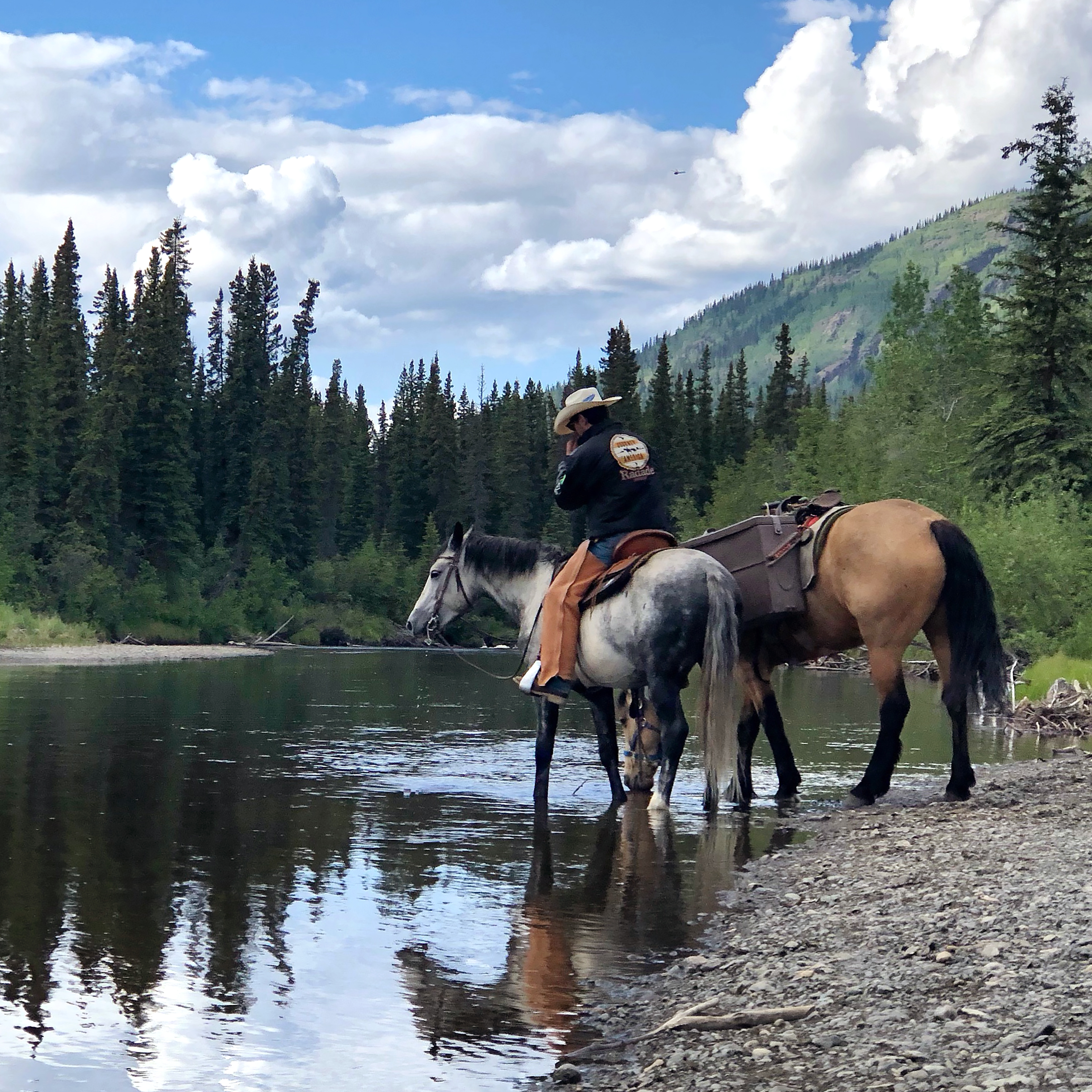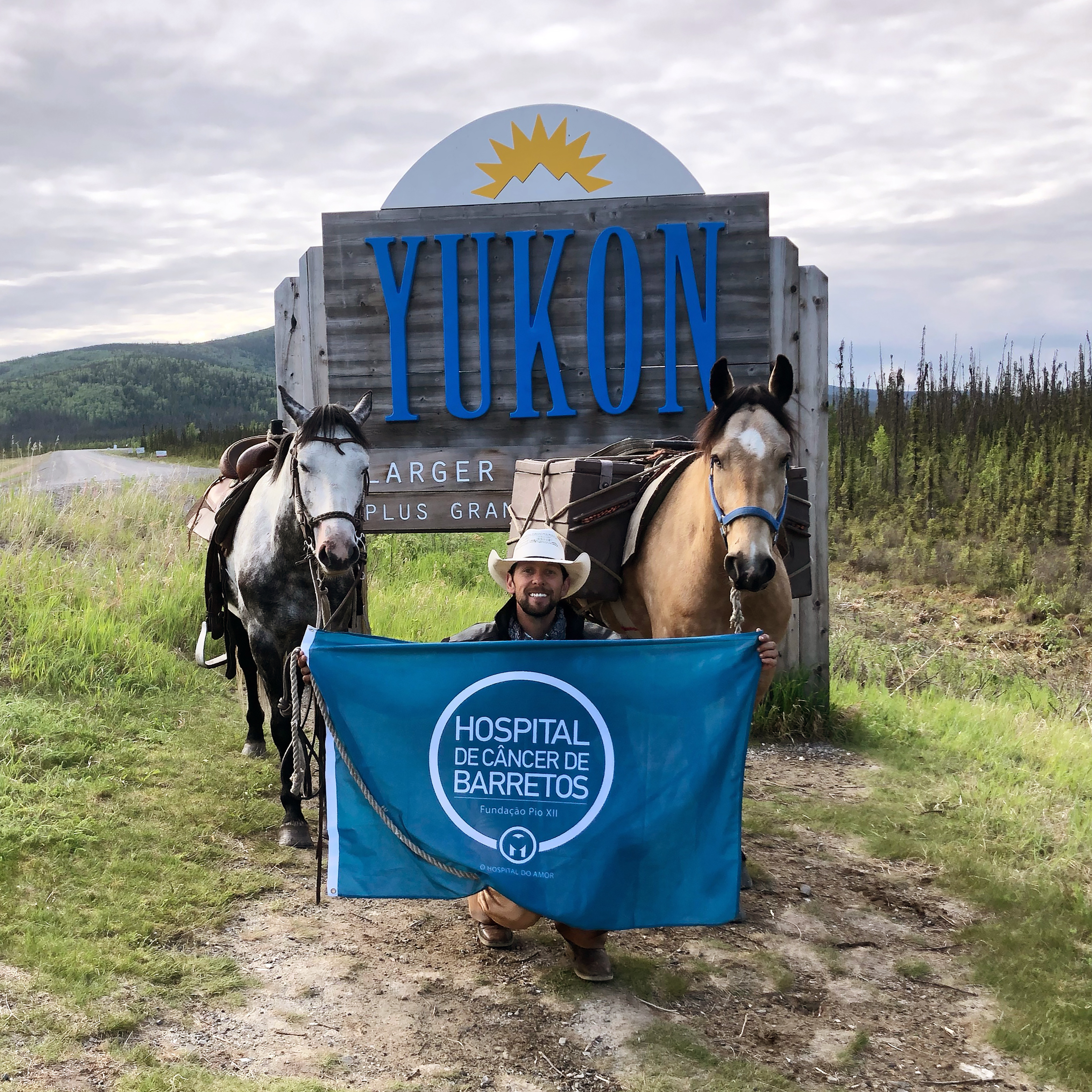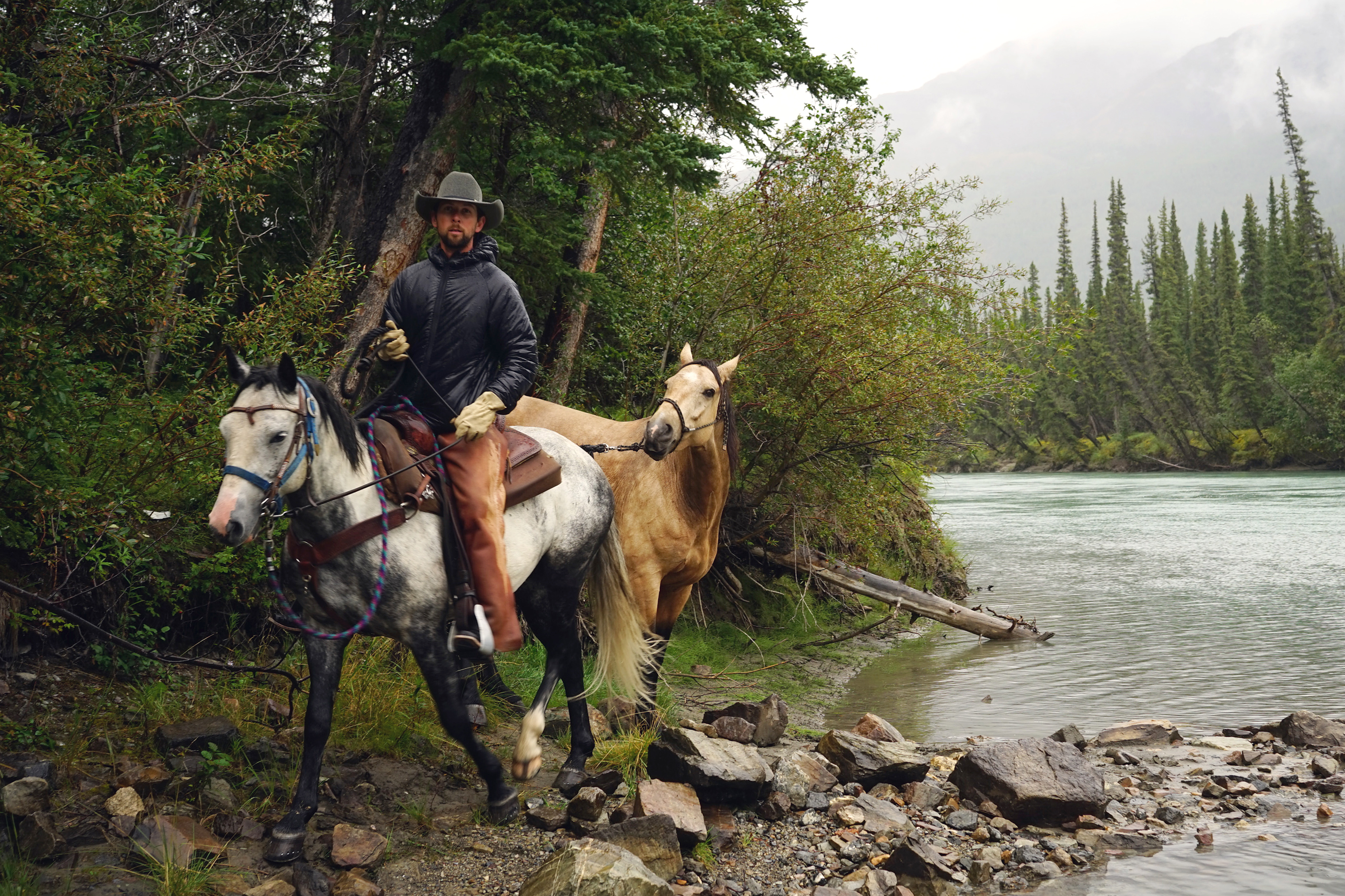I have spent the better part of the past eight years living in a kind of social isolation with my horses in the great outdoors.
Having ridden more than 26,000 kilometers across North, Central and South America, there were stretches where I didn’t see or speak to another human being for days. Sometimes over a week at a time. It was a lonely experience that made me miss my family and friends more than I could have ever imagined. Sometimes, with tears running down my sunburned cheeks as I crouched by a dancing fire atop a mountain peak, all I yearned for was a hug.
I knew my goal. But some days were hard.
These lonely stretches made me realize that life is meant to be shared because sometimes with each stride forward, I took a deeper journey into my mind. Fine for a while. Dangerous if you go too long. Too deep. But I also learned some of the most meaningful lessons of my life.
Water is life. Nature is my religion. My horses are an extension of my body and a mirror to my soul.
Long riding showed me some of the most beautiful places the Americas have to offer and the people who opened their homes. Farmers, bankers, politicians, drug lords, ranchers; I was welcomed into the homes of over a thousand people who lent me a helping hand without asking for anything back.
My time in the saddle also brought me physical pain that some people will never experience in their lifetime. Freezing blizzards, unforgiving droughts, grizzly-infested forests, the war on drugs and devastating fires; I have crossed them all. Yet, I never imagined my biggest challenge would come on the home stretch. And that it would be invisible.
The COVID-19 pandemic stopped the world like never before. Borders are closed. Economies are decimated. Tens of thousands of people have died. Everyone has had their plans for 2020 ruined or limited to some degree. And that includes me.

Last year, after riding 2,600 kilometers from Fairbanks, Alaska, to Grande Prairie, Alberta (part one of my last Long Ride), I released my horses Mac and Smokey into a beautiful pasture and told them to have a great winter off.
These majestic animals, lent to me by master horseman Aaron Stelkia from the Osoyoos Indian Band and Canadian Long Rider Jim McCrae, allowed me to travel a monthly average of 660 kilometers — nearly double what I used to cover on my previous rides.
“Thank you for your hard work boys, I’ll see you next year,” I said before giving each of my wild horses from the Okanagan Valley a kiss.

I returned to Canada. My plan was to start riding the final 800 kilometers I have left to cross in the Americas early this year and arrive in Calgary on July 3 just in time for the Greatest Outdoor Show on Earth. Having ridden out of the Centennial Calgary Stampede Rodeo in 2012 on my first Long Ride, this was supposed to be my “Disney ending.”
That was until April 23 when the rodeo, which has not missed a year since it became an annual event in 1923, was cancelled.
“As a not-for-profit, we knew that any decision was going to be a larger decision about the community, about everybody that would be affected economically through this process, and it was not a decision that we came by lightly,” said Dana Peers, Calgary Stampede president and board chairman, “But it is a decision that is the best interest of public health and safety.”
Peers’s words hit me like a horse kick to the gut.
Clara Davel, my girlfriend and support driver for this final leg of the journey, and I were in the Great White North, thousands of kilometers away from our homes. (Clara and I met in Patagonia during my second Long Ride from Brazil to Ushuaia, Argentina.) We were quarantining while getting Mac and Smokey back into shape after the long winter.
With Canada’s borders now closed, returning home was no longer an option.
“What are we going to do now?” Clara asked me after we read the news that the Stampede had been cancelled.
I didn’t know what to say. I was at a loss for words. I just wanted to wake up from this nightmare.
Unsure of what to do next, we continued to ride the horses every day, for exercise, as our departure date for Calgary kept getting pushed further and further into spring. Until finally, on April 30, Premier Jason Kenney announced that Wild Rose Country would begin to lift COVID-19 restrictions as of May 4.
“We can finally begin to shift our focus from the pain and anxiety of the past few weeks,” said Kenney during a press conference to announce “Stage One” of the province’s reopening strategy. Kenney’s announcement was the light we needed to see at the end of the tunnel. It finally allowed us to plan our ride out of Grande Prairie.
On May 20, I will saddle up my steeds and begin riding the last stretch of land I have left in the Americas. Due to this virus, I will be following the less populated Highway 40 south to Calgary instead of my original plan to ride down the ranch-lined Highway 22, known as the “Cowboy Trail.”
Thanks to our support vehicle, a 1990 Econoline motorhome lent to us by Rocky and Marie Aitken out of Claresholm, Alberta, we are self-sufficient. We carry water, grain and hay for the horses, and food for us. With jerrycans strapped to the back of the motorhome, we can also carry enough gasoline to last us a few weeks or a month. After all, we only travel 30 kilometers a day.
One of the first lessons you learn as a young cowboy is that if a horse, a bull or life throws you down into the dirt, you pick up your hat, brush the dust off of your Wranglers and get back on. Quitting is never an option.
My ride has served as a beacon of hope for many facing difficult times during these past eight years.
“I named my bunny after you, Filipe … your story gives me the strength I need to keep fighting,” said Ellen Cristina, lying in a morphine induced-daze in the Barretos Children’s Cancer Hospital (the state-of-the-art Brazilian facility I raise funds for during my rides), when I visited her this winter.
Unfortunately, due to the coronavirus, the hospital that treats more than 1.3 million people every year, free of charge, is struggling financially. It runs thanks to the kindness of thousands of donors and since the beginning of the pandemic, donations have dropped by about $2.5 million (Canadian) a month.
“We need help badly, in order to keep operating and treating our patients with the excellence they deserve,” Larissa Mello, a co-ordinator at the hospital, said earlier this month.
Now more than ever, I need to finish this ride. I want to help patients like Cristina win this fight by raising much-needed funds for this extraordinary hospital.
But most importantly I want to offer hope.
Once upon a time, I had 26,800 kilometers to ride. Many called me crazy. Said I wouldn’t make it. That I would die trying. That it was impossible. Now, only 800 kilometers separate me from finishing my life’s dream – becoming only the third person ever to cross the Americas on horseback.
Maybe the biggest lesson I have learned from my time riding is that life is too short to wonder “what if”. This opportunity we have been granted to breathe and learn and grow can be taken away at the drop of a hat — as we are seeing right now.
I can’t wait to jump into the saddle and live like a saddle tramp one last time. I will ride into Calgary in July, even if no one’s waiting.

